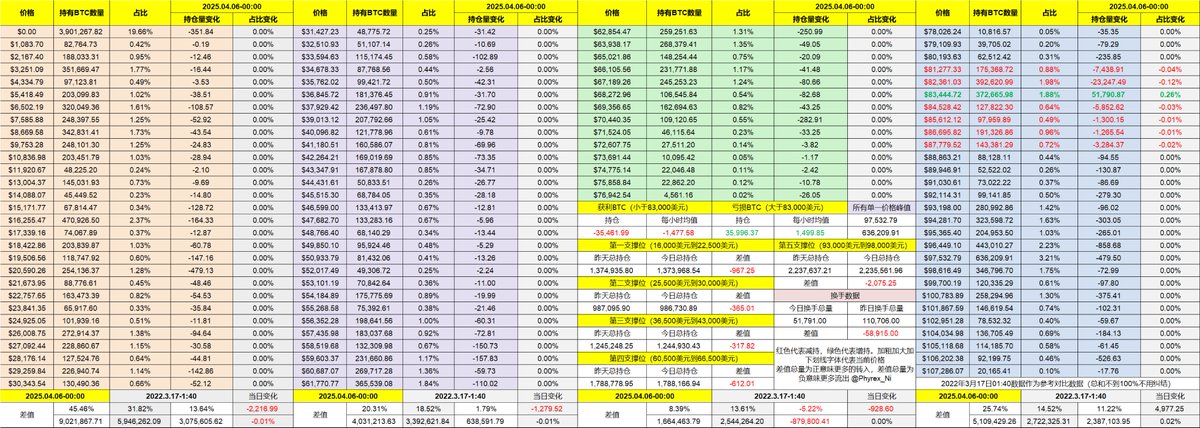The homework for the first weekend of April is finally back to being simple today, enjoying the rare calmness, because starting next week, the market's difficulty will increase again. On Monday, Beijing time, the United States will begin to implement the minimum 10% tariff. Although the market believes that 10% is not much, it is important to note that the average tariff in the U.S. for 2024 is less than 2.5%. Now, raising it to the minimum of 10% is already four times higher than before. Just this increase in tariffs will lead to an inflation rise of about 0.3%, and for core PCE, it will be around 0.5%.
Therefore, the 10% tariff itself has a significant impact on inflation, not to mention the 25% tariff on all cars and adjustments from other countries. In fact, by April 9, as long as it is not a full 10%, the corresponding inflation will be higher, which may prolong the Federal Reserve's decision-making time and increase the probability of the U.S. entering an economic downturn.
Of course, from a market perspective, I actually believe there may be a rebound opportunity next week, meaning that the tariffs arranged for April 2 will not be implemented on April 9. After all, some countries have already started negotiations, including China. China's countermeasures against the U.S. will start on April 10, which is quite clever timing, likely waiting for the U.S. to announce its final tariff policy towards China before deciding whether to adjust.
So, in reality, the tariffs on April 9 may not be that aggressive, and the market has already prepared for the worst. As long as the outcome is not the worst, the market will provide a rebound opportunity, especially for emerging manufacturing markets like Vietnam, Cambodia, and India. If tariffs can be reduced, companies including Nike and Samsung will be able to breathe a sigh of relief.
Moreover, for Trump, we must remember that he still has a trump card: tax cuts. When to use it could very well be a rebound card for the market.
Looking at the data for Bitcoin itself, the turnover rate has significantly decreased over the weekend, which is also related to the recent strength of $BTC. Investors are not in a hurry to exit with BTC; instead, they are somewhat cautious, with the main participants in the turnover being short-term investors looking to buy the dip for profit. Most investors are waiting to see if any miracles will occur.
Due to the decrease in turnover rate, there is no significant impact on price distribution, but it is evident that BTC around $83,000 is gradually accumulating, and the main source of chips is primarily between two support levels. If the bottom at $83,000 is successfully established, it is uncertain whether it is a good or bad thing; we will have to wait and see.
This post is sponsored by @ApeXProtocolCN | Dex With ApeX


免责声明:本文章仅代表作者个人观点,不代表本平台的立场和观点。本文章仅供信息分享,不构成对任何人的任何投资建议。用户与作者之间的任何争议,与本平台无关。如网页中刊载的文章或图片涉及侵权,请提供相关的权利证明和身份证明发送邮件到support@aicoin.com,本平台相关工作人员将会进行核查。




